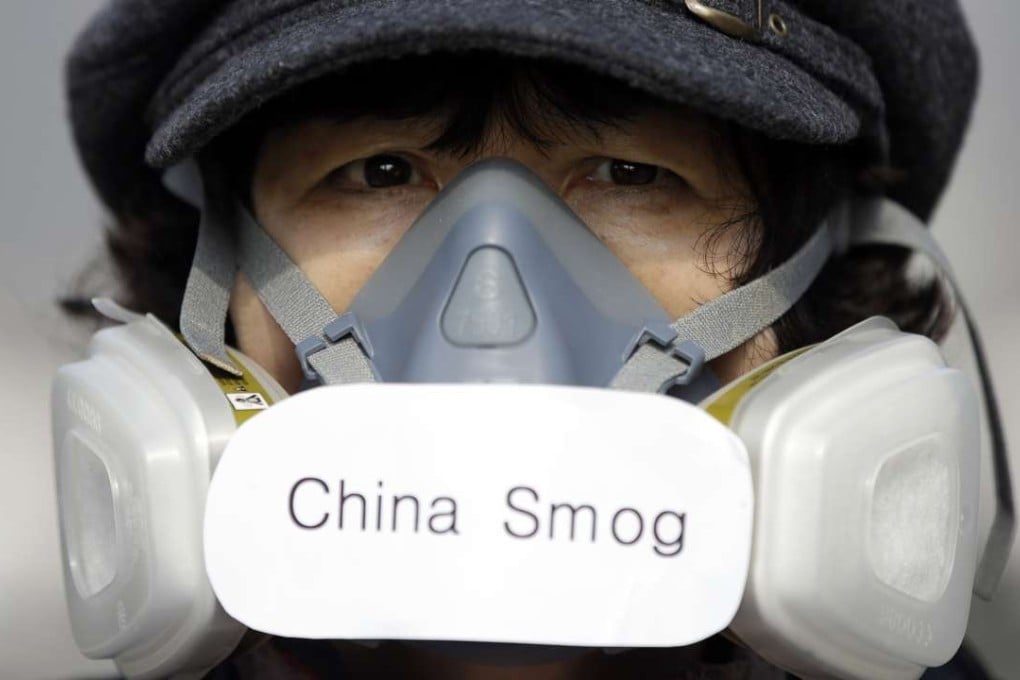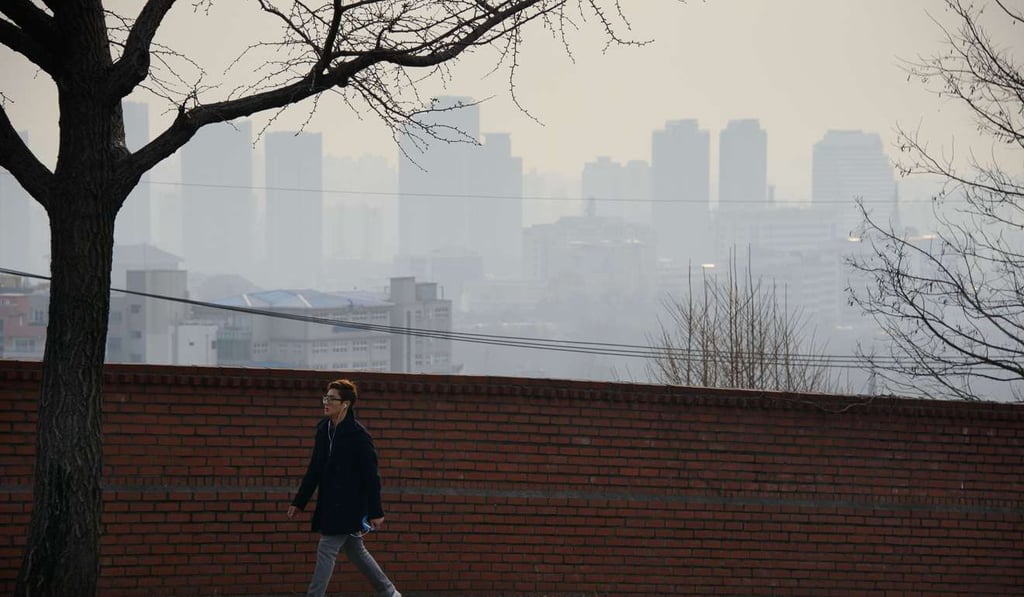China is to blame for Korea’s pollution? Really?
Seoul has recorded the second-worst air quality in the world, but the government says there is not much that can be done about the problem

On April 2, about 500 women marched at Gwanghwamun Square in Seoul, the site of the largest political protests in the country’s history, which ended with the removal and arrest of former president Park Geun-hye. This time, however, protesters gathered to oppose pollution.
The participants belonged to a civic group of about 44,000 mothers called Dust Out, according to the Korea JoongAng Daily newspaper. They demanded the government take action to fight pollution for the sake of their children’s health.
China vows fresh smog crackdown as toxic air shrouds capital

Meanwhile, a 380 per cent jump in nasal sanitizer product sales, a 213 per cent rise in nose masks and a 383 per cent increase in canned air also signalled growing concern over the pollution issue among consumers, according to the newspaper. And their concern is warranted. On March 21, Seoul recorded the second-worst air quality in the world, after New Delhi. Beijing was sixth.
Making matters worse, Seoul said there was not much that could be done about the problem, and claimed that about 80 per cent of the capital’s pollution was external in origin – mostly from China.
